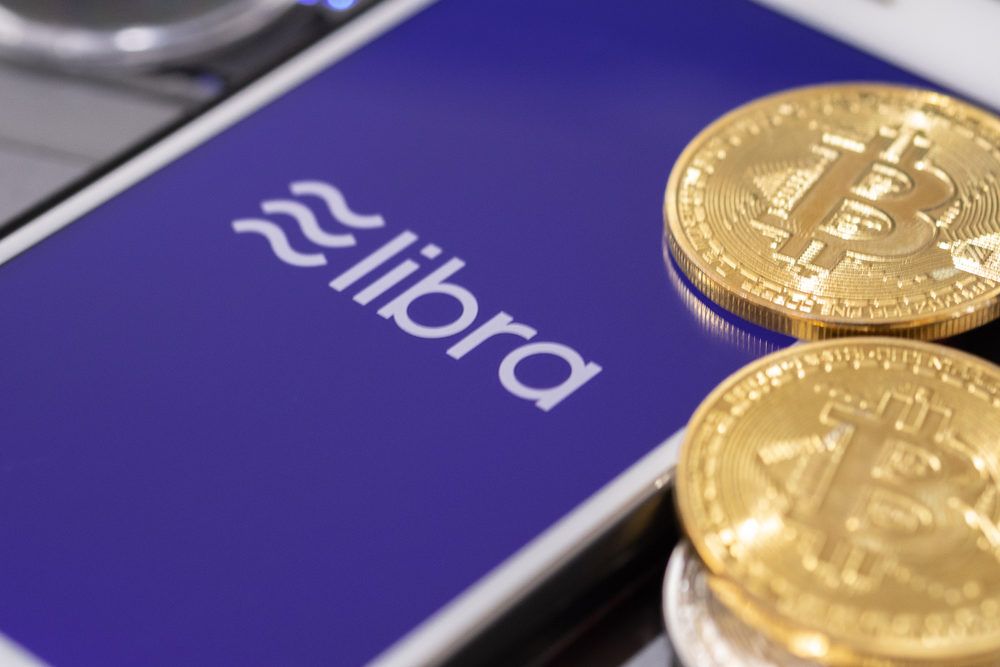Does AI Need Blockchain?
Blockchain and artificial intelligence are both highly-touted emerging technologies, but for the enterprise, they might not intersect as well as...

For the past several years, everyone has been talking about the power of blockchain and the potential of cryptocurrency. But what do those terms actually mean and what’s their implication for cybersecurity?
The world is quickly adopting blockchain technology into more and more real-world applications. And lately, it seems everyone is talking about one of the most popular use cases — cryptocurrencies. With tech moguls like Elon Musk tweeting daily about Dogecoin, environmental organizations arguing that Bitcoin is consuming too many resources, and a slew of major enterprises investing in obscure altcoins, cryptocurrency seems poised to remain popular for quite some time.
So, what does that mean for your company?
Whether or not your company is considering investing in cryptocurrency — or if you’re outright steering clear of it all — your role as an organizational leader is to have a good understanding of new technologies that could impact your industry. That means understanding the basic principle behind cryptocurrencies: blockchain.
We’ve put together a guide on some key blockchain principles (especially as they relate to crypto-economics) to help you understand what’s what.
The essential terms to know are:
One of the main arguments in favor of cryptocurrency adoption is that it has the power to distribute power away from a central point. Blockchains are inherently decentralized since they require consensus from all users in order to function as opposed to relying on a central authority. As such, individuals have a greater ability to control their own transactions than they would with regular currency.
These capabilities give cryptocurrency two popular value adds:
One of the most frequently asked questions about Bitcoin and cryptocurrencies is whether they’re bad for the environment. It’s true that Bitcoin is energy-intensive — but it won’t be forever. Concerns around energy consumption are valid, but keep in mind, technology evolves and these problems can be solved. And just because Bitcoin is energy-intensive, that doesn’t mean all blockchains are. With more attention being placed on the environmental impact of digitization, new ways of making cryptocurrencies more energy efficient are starting to come on the radar.
As of right now, the future of blockchain and crypto energy consumption comes down to the distinction between two models: Proof of Work and Proof of Stake.
Proof of Work is the high-energy consuming Bitcoin model. It’s used to determine how the blockchain reaches consensus. In other words, Proof of Work is a way for the network to make sure that transactions are valid and that no one is doing anything problematic, like trying to spend the same funds twice. It’s based on complex mathematical equations that can only be solved by powerful computers in a process called mining. It’s the reliance on these powerful computers that makes Proof of Work consume so much energy.
Proof of Stake is the new, lower energy alternative to Proof of Work that cuts out the advanced cryptographic puzzles that make blockchains like Bitcoin such high energy users. Not only is Proof of Stake lower energy, but it also offers a fairer, more equal mining system and more scalable transactions. All these benefits mean Proof of Stake is gaining in popularity, gradually reducing the environmental impact of cryptocurrency.
Blockchain is constantly evolving and one of the most interesting evolutions is its potential in the cybersecurity space. For instance, Blockchain technology can be used to verify cybersecurity activities like patching, firmware updates, and more.
Whether or not your company is investing in cryptocurrencies, as an organizational leader, you should be aware of how blockchain is impacting that space. Some ways cryptocurrency is entering cybersecurity is by addressing issues like:
As blockchain technology continues to evolve, it will be exciting to see all these applications and more play out. But remember — even as promising and powerful as these technologies can be, the best cybersecurity plan is a mix of blockchain solutions along with the traditional measures that remain essential to maintaining cybersecurity.
Here at Turn-key Technologies, Inc. (TTI), we know that navigating the changing world of crypto and blockchain technology can be challenging. The good news is that we can be a resource for you as you move through that space, whether it’s helping you understand new technologies or partnering with you to get the most of your investments.
Contact us today to see how TTI can help you stay cyber secure in the time of blockchain and cryptocurrency.

Blockchain and artificial intelligence are both highly-touted emerging technologies, but for the enterprise, they might not intersect as well as...

With Libra, Facebook has taken the latest step in making cryptocurrency more ubiquitous, and now your enterprise data is more valuable to hackers...

Blockchain technology has paradigm-shifting potential in the healthcare IT space, but questions remain as to how soon this potential will be...